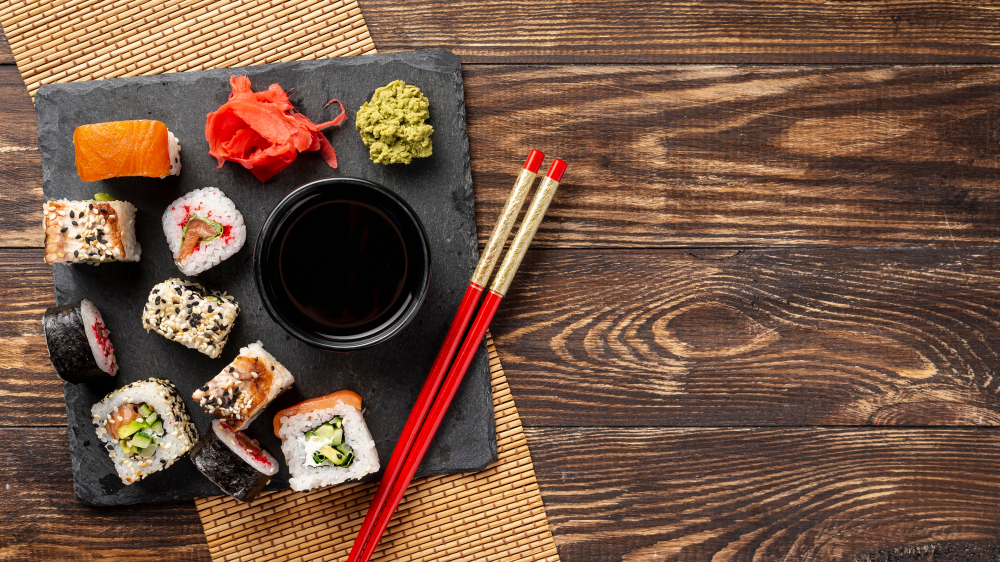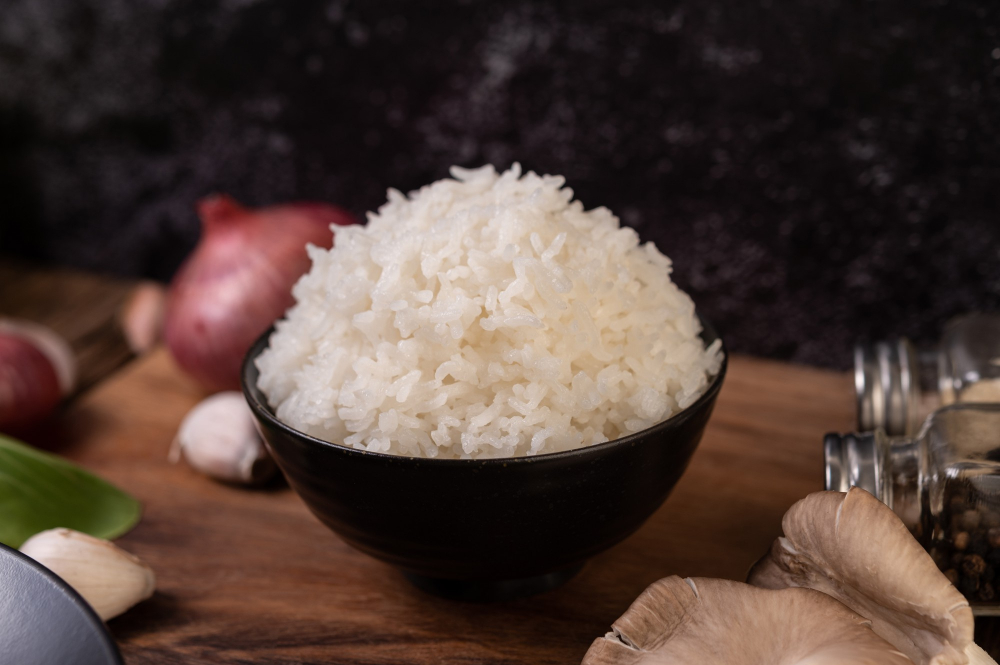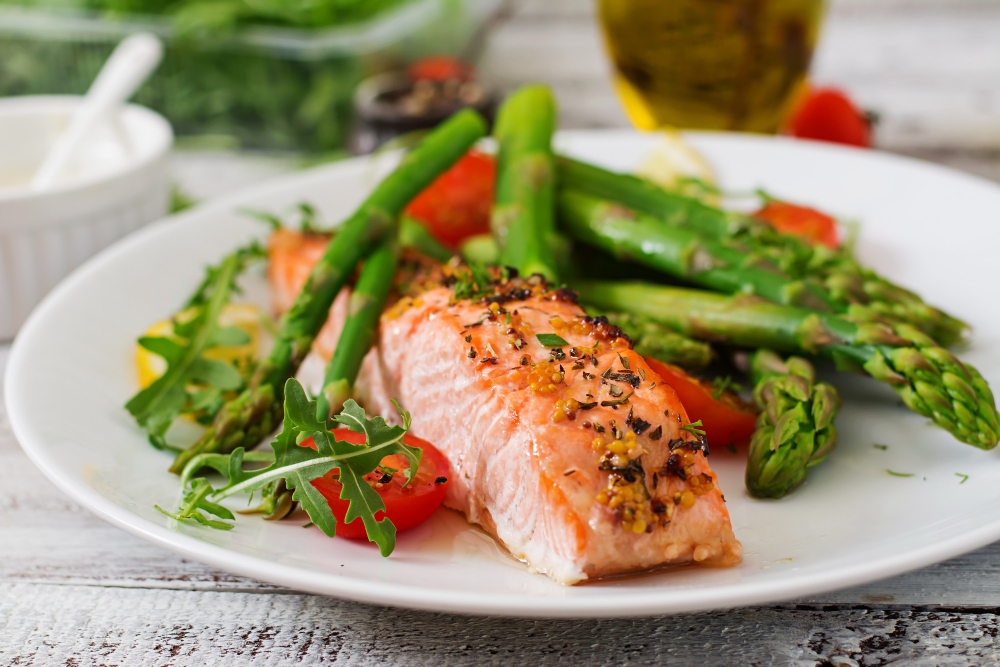Japanese Cuisine: facts you need to know

You have undoubtedly previously given in to one of this cuisine’s most well-known dishes. But there are certain unique characteristics of Japanese cuisine’s gastronomy that you might not be aware of, and we’ll explain them in this piece.
Cultural Heritage of Humanity
Traditional Japanese cuisine, known as “Washoku”, is one of only two gastronomic traditions recognized by the UN as Intangible Cultural Heritage. French cuisine is the other one honored. Furthermore, Japan is a global model of healthy diet and has the lowest level of obesity among nations.
Japanese dishes have Chinese origin
Much of Chinese culture was absorbed by the Japanese centuries ago. Today, we find several dishes that originate in China, but that currently follow the Japanese way of preparation and consumption. Gyoza, yakissoba and ramen are some of them.
Use of soy sauce in Japanese cuisine
The soy sauce used in most Brazilian restaurants is far from the sauce used in Japan. The product there is more worked, respecting the minimum fermentation of one year. The Brazilian sauce loses in quality because of large-scale industrial production.
A tip: traditionally, soy sauce is served in individual containers. When seasoning sushi or sashimi, you should avoid letting the rice or wasabi come into contact with the sauce so that it doesn’t taste like the seasoning or have grain residue.
Particularities of rice

In Brazil, the rice used in Japanese dishes is sweetened because the base sauce, prepared with sugar, rice vinegar, salt, sake and other ingredients, is used more than in Japan. In the East, rice is made with less sauce, so it becomes more sour.
Most dishes are accompanied or based on rice. When preparing the delicacy, look for Japanese-style rice, with small, rounded grains, and always cook it without oil and without seasoning.
The rice used in Japanese dishes has a higher amount of starch and, after being cooked, the grains remain more stuck together, which makes it easier to pick up.
Millennial drink
Tea, especially green tea, is present in virtually every meal and is served free of charge in many restaurants. In addition to being part of ancient cultural traditions such as Chado (Tea Ceremony), the drink contributes to digestion and provides other health benefits.
Popularization of Salmon

It was the Norwegians who introduced the salmon to the Japanese. But it was the creation of captive salmon in Chile, about 20 years ago, that was largely responsible for the popularization of Japanese cuisine. As a result, the price of a kilo of fish was about 10 times cheaper.
Japanese Cuisine
Ramen is different in each Japanese prefecture and is characterized by the regional seasonings and condiments used in the preparation of noodles. The best-known version is the one from Tokyo, made with thin, wavy noodles, seasoned soy sauce and accompanied by pork, boiled egg and Japanese spinach.
It is difficult to remain indifferent to Japanese cuisine. The more we learn, the more we fall in love with this ancient culture full of incredible flavors. If you want to further expand your knowledge about the world of gastronomy.
Deixe um comentário